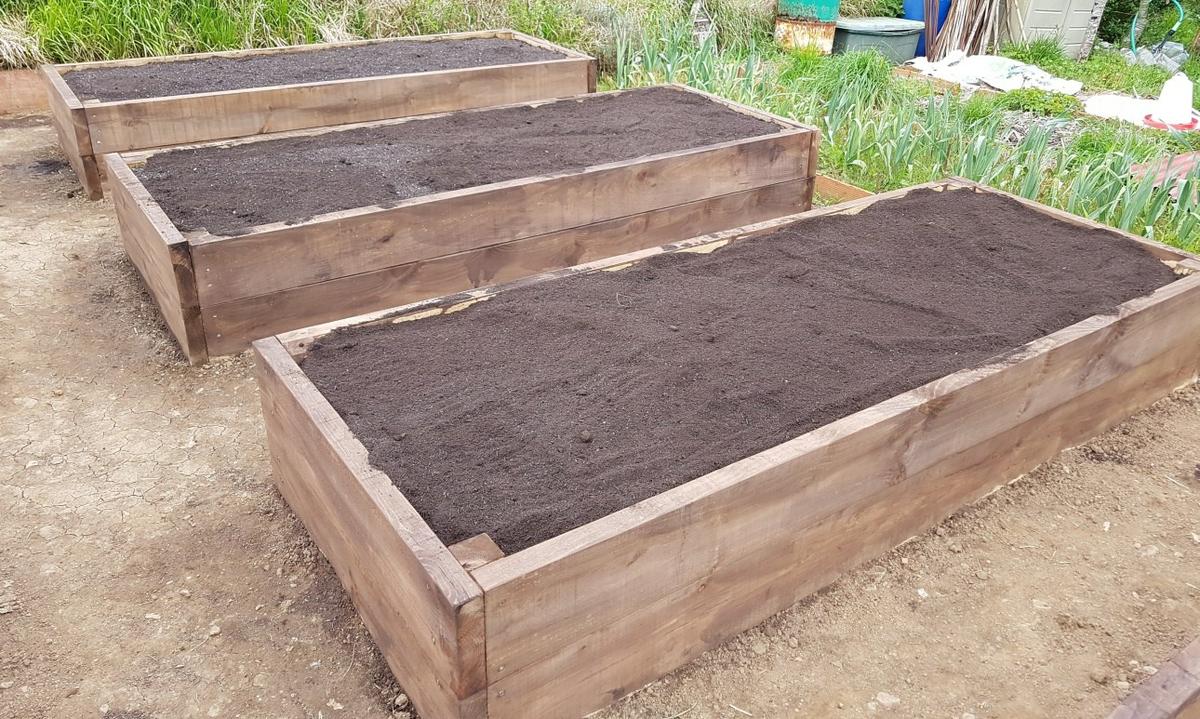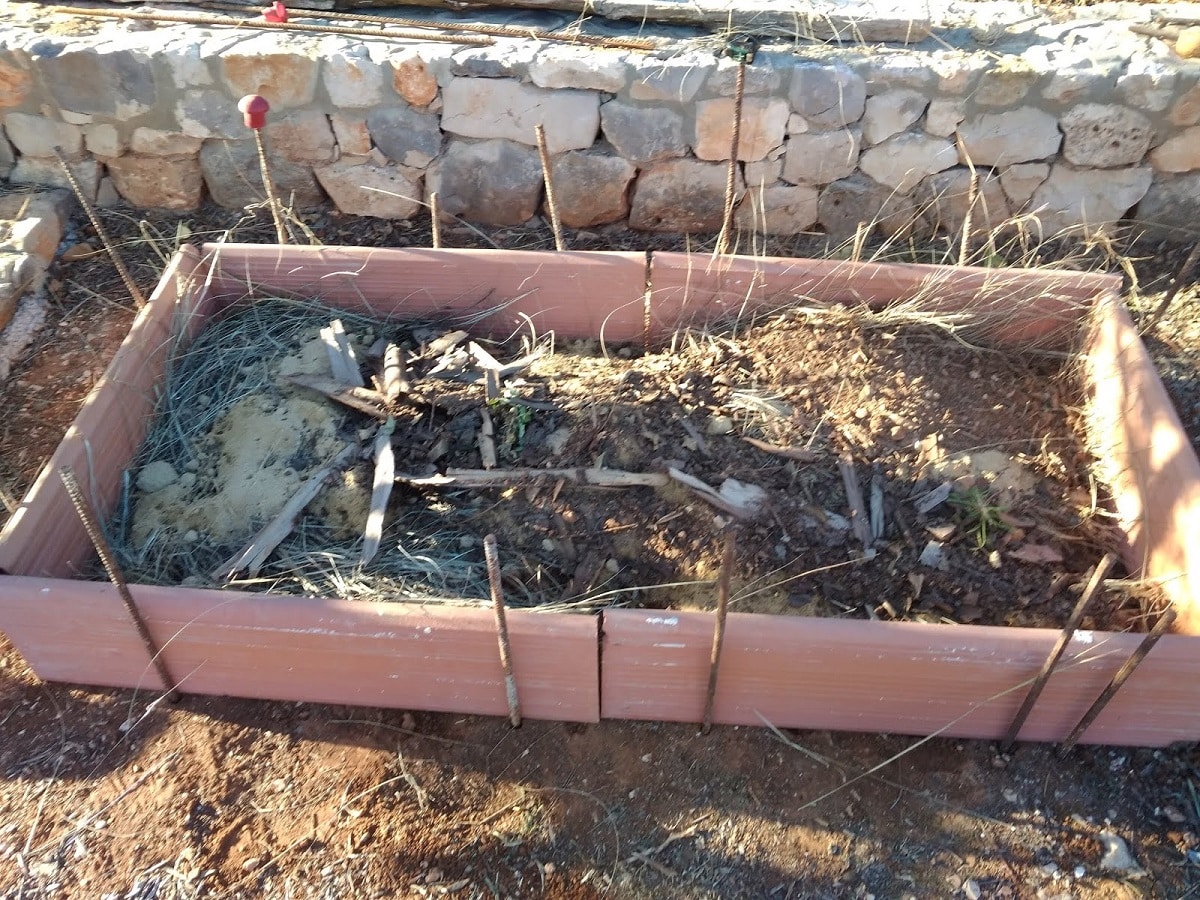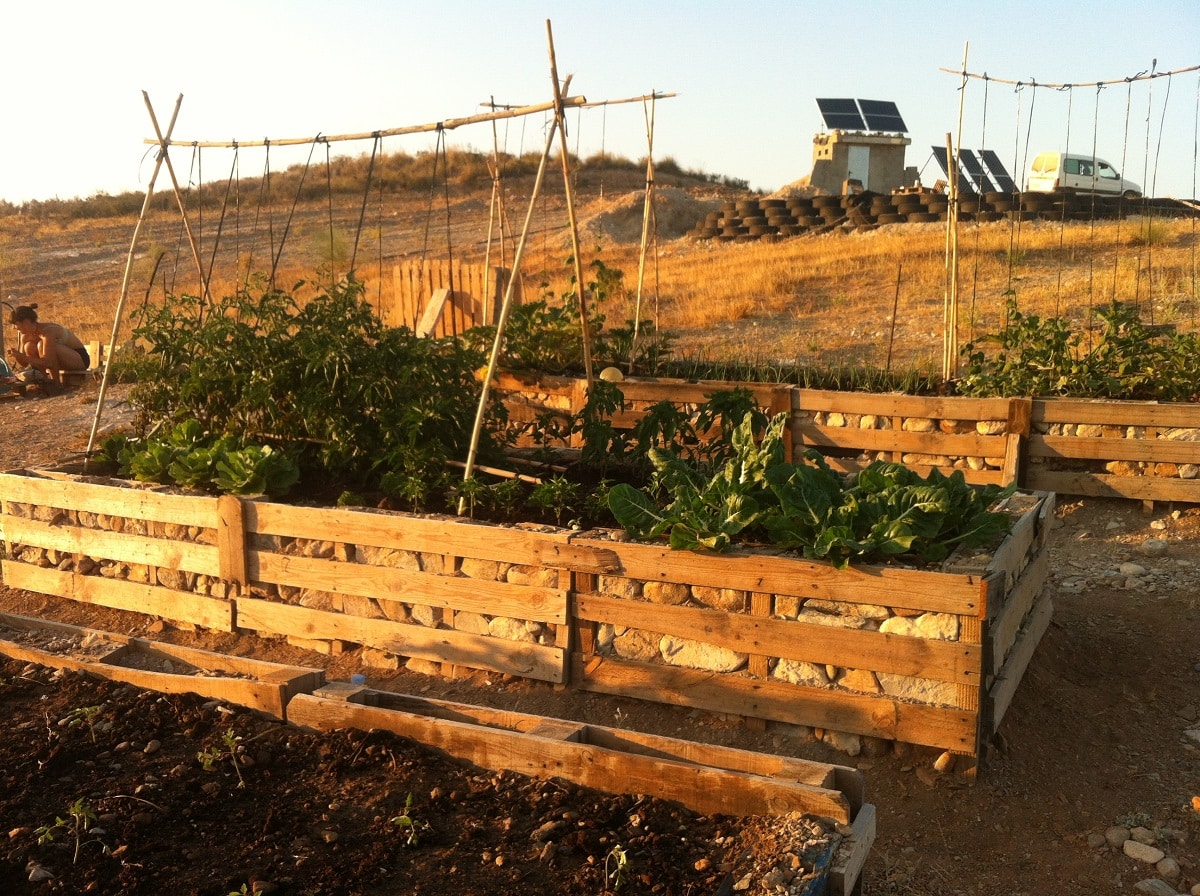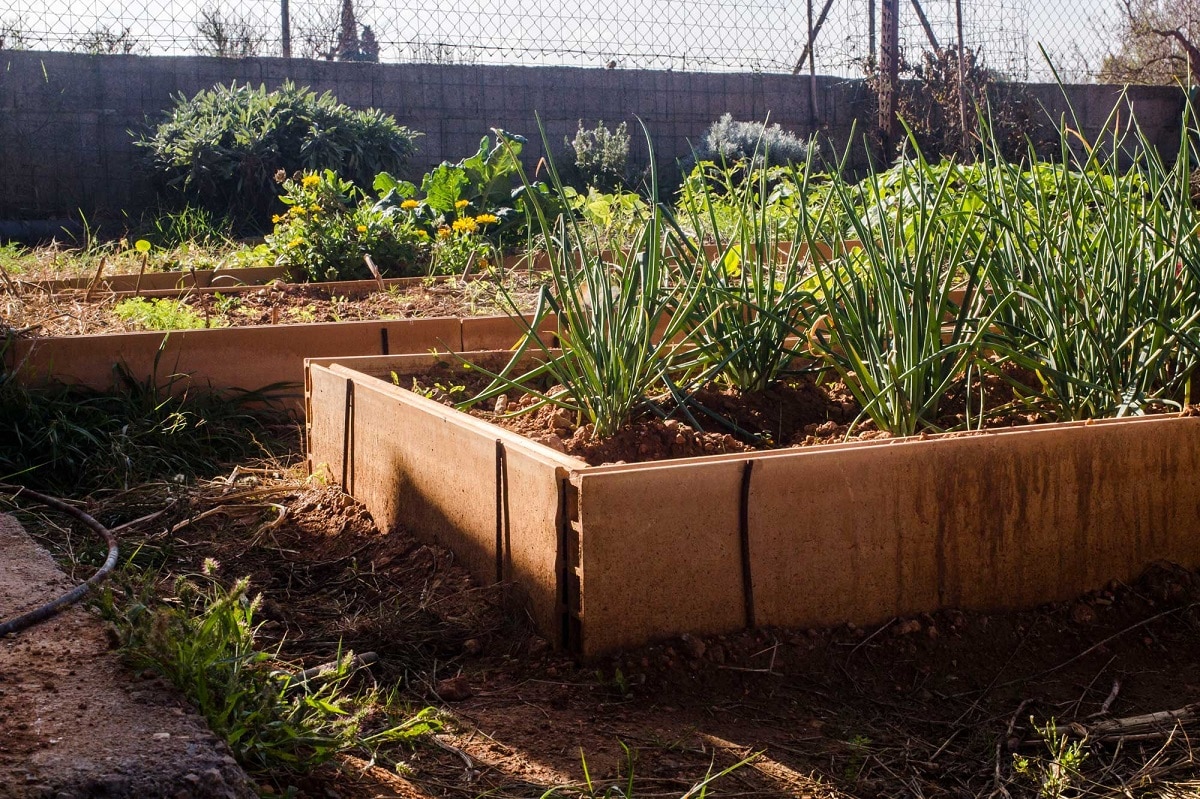
The terraces are human inventions that raise walls or slopes and are widely used for agricultural work. They are parts of a square space or distribution of land with the purpose of improving the quality of crops. Historically, its greatest use was between the XNUMXth and XNUMXth centuries, probably due to population growth during that period, which forced people to farm as much land as possible. Today there are many people who want to learn how to fill a bed.
For this reason, we are going to dedicate this article to telling you what the main steps are to learn how to fill a terrace and what its characteristics and advantages are.
What is a terrace

In the south of Spain they are called parata. The raised wall or slope is called ribazo or balate. But they are also often referred to around the world as growing beds, raised gardens or raised beds.
The terraces are exclusive spaces arranged horizontally in sloping fields and are very useful in gardens to achieve high yields because they are well ventilated soils where the roots can grow freely, better capturing the necessary nutrients and irrigation water. Inside a garden that can never be stepped on because they are clearly delimited to separate them from corridors or passageways.
Generally, are raised with fill above the level of the upper corridor. The best bed should have at least an estimated minimum height or height of about 20cm and a width of about 1,20m. If they stick more to the ground, they may not keep out weeds. Therefore, a good bed cannot be too low or too wide.
Thus greater control over the crop is achieved. This feature is the most important and there is a reason for this, as it keeps weeds and weeds away, while also preventing pests and diseases.
How to fill a bed

Calculate how much land you need. Use a tape measure to measure your garden. You will need the length, width and depth of your garden. Enter these measurements into the online soil volume calculator. Remember that you will be mixing the soil with compost. So the number you get from the calculator is the volume of compost mixed with soil. If possible, collect native soil from your garden. The best soil to use is the native soil in your area. If you are using soil in your garden, simply collect the desired amount in a bucket or wheelbarrow and move it around.
On the other hand, if you can't use native soil, buy a nutrient-rich mix. If you don't have easy access to soil, you can purchase topsoil or an artificial mix at a garden supply store. If you mix store-bought soil with soil from your garden, make sure they have a similar consistency. Inconsistent soil can cause drainage problems.
Make your own compost or buy one. You can make your own compost from decomposed organic matter in a container. If you don't need compost or need to supplement your existing compost, purchase compost from a garden store.
Read the bag or ask store staff about compost materials. The best compost will be made from plant matter, food scraps, and manure. Use a 1:1 mix of soil and compost. Your goal should be to get an even mix of compost and soil. Accurately measure soil and compost before pouring it into the garden, or simply measure the amount with the naked eye. Don't worry about having precise measurements. After you pour the soil and compost into the garden, mix it up well by hand or with garden tools like a plow.
Wear gloves if you are mixing by hand. Remove the rocks from the mix. when you see them, simply remove them and place them elsewhere in the garden. Many large rocks can make it difficult for plants to grow. Fill the garden to the top or near the edge. How high you fill your garden depends on your personal preferences and the plants you grow. If the plants grow straight like tomatoes, keep the soil mix flush with the top of the garden. This way, the flower blooms will be more prominent.
Steps to learn how to fill a terrace with another method

Gather organic materials that can be composted, such as grass clippings and leaves. Lasagna gardening uses a bottom layer of compost and a top layer of soil. When composting, many gardeners seem to mix 2 parts leaves and 1 part clippings and grass. If you have a garden, use the leaves and grass clippings you collected while mowing the lawn.
If you don't have grass clippings and leaves on hand, ask someone at your local garden store for alternatives. Put compost in the bottom of the bed. Spread the compost material evenly over the bottom of the bed. Fill the bed halfway with this material. If you use several different compost materials, mix them by hand.
Spread a layer of cardboard or newspaper on top of the compost. This will separate the compost from the soil. If you use newspaper, put 2 or 3 layers. If you're using cardboard, one layer will suffice. Make sure the layer of cardboard or newspaper extends to the edge of the compost. Find soil to put in the compost. Ideally, you should use native garden soil. If you need a substitute, go to your local garden store for topsoil or soil substitutes.
Remove any rocks from the ground. Run your hands through the soil to make sure nothing is hindering the plant's growth. If you see any rocks, just place them somewhere else in the garden. Fill the bed to or near the top. Place the soil directly on top of a layer of cardboard or newspaper. If you are growing something that grows straight like tomatoes, you can keep the ground level with the top edge of the vegetable garden. If you are planting flowers, leave some space between the edge of the soil and the edge of the garden. This will ensure that the flowers appear more prominent than the stems.
I hope that with this information you can learn more about how to fill a terrace and its characteristics.